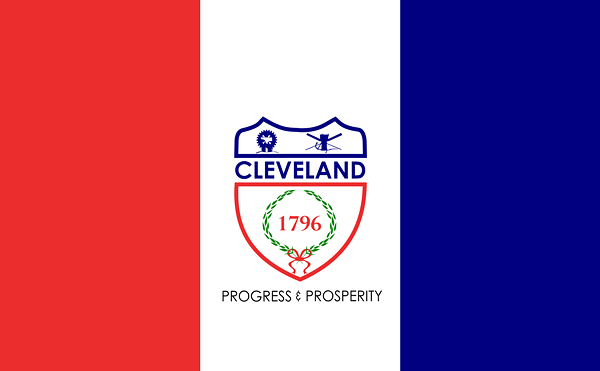This bone-chilling opening sets the tone for much of what follows in Ken Loach's The Wind That Shakes the Barley, which traces the Irish independence movement from the dawn of IRA guerrilla attacks in the summer of 1920 through to the December 1921 signing of the Anglo-Irish peace treaty (which granted Ireland significant freedom while keeping it as a dominion of the British Empire). That senseless act of violence is also the moment at which a medical student named Damien O'Donovan (Cillian Murphy) resolves to forgo his planned London internship to stay behind and fight alongside his brother, Teddy (Padraic Delaney), in what he believes is a just battle. In short order, the very same lads we witnessed playing sport under the film's opening titles are being trained in tactics of stealth and marksmanship on those very same hillsides, their hurleys converted into prop weapons soon to be replaced by the real things. The fight for a free Ireland has begun.
In a way, The Wind That Shakes the Barley supplies the end of a conversation started by Loach's 1995 Spanish Civil War drama, Land and Freedom, the greatest scene of which documented the residents of a recently liberated village debating the pros and cons of land collectivization. That moment is echoed here in a comic yet pointed courtroom exchange between a wealthy lender and an old widow, in arrears on her debt -- the court sides with the widow, much to the chagrin of the IRA, which needs the lender's money to buy weapons. Only here, what cannot be resolved by words is most often settled with violence.
The Wind That Shakes the Barley possesses the soul of an antiwar movie and the style of a thriller. It is a tension perfectly embodied in Murphy's soulful characterization of a man who has dedicated his life to saving others, but who kills in the name of his beliefs until he finds himself impossibly torn between two families -- the one connected by blood and the other by loyalty to an oath.
Though it spans just over a year of actual history, The Wind That Shakes the Barley implicitly casts one weary eye back. Contrary to the grousing of some British critics, the movie amounts neither to a flag-waving valentine for revolutionary politics nor a knee-jerk condemnation of imperialist empires. It is, rather, a profound consideration of the fog of wars that rage not only between nations, but all too often within.










